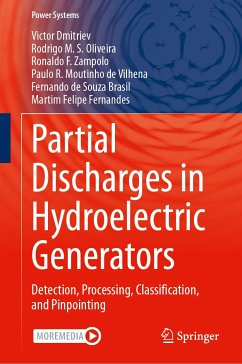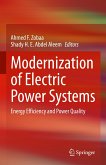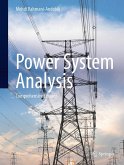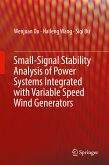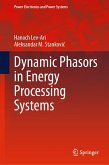Victor Dmitriev is a Doctor in Electrical Engineering, and a full professor at Federal University of Pará, Department of Electrical and Biomedical Engineering, Belém, Pará, Brazil. Victor Dmitriev received a B. Eng. degree in 1971 in the area of high energy systems and a Ph.D. in 1977 in the field of microwave devices, both at Bauman Technical University, Moscow, Russia, where he taught from 1977 until 1994. In this period, Prof. Dmitriev participated actively in many scientific projects related to radar technology. In 1980 he worked as a visiting professor at Manchester University (UMIST), United Kingdom, investigating theoretically and experimentally microwave ferrite devices. Since 1997, he has been a Professor at the Federal University of Pará (UFPA), Belém, Brazil. His research interests include group-theoretical methods in electromagnetic wave theory, nanophotonics, nanoelectronics, metasurfaces, nanoantennas, and partial discharges. He published over 150 journal papers, 350conference papers, 45 patents, ten books, and nine book chapters.
==================================
Rodrigo Melo e Silva de Oliveira is a professor and researcher with the Institute of Technology at the Federal University of Pará (UFPA), Brazil. He obtained his doctorate in electrical engineering in 2008 at UFPA. He has authored and co-authored roughly 40 journal papers and 100 conference articles on the application of computational electrodynamics to model complex structures, partial discharges, optimization techniques, and contributions to numerical methods in electromagnetics. He is the head of the Laboratory of Electromagnetics (LEMAG-UFPA), where he develops his research and advises doctoral and master's students.
==================================
Ronaldo de Freitas Zampolo received his bachelor's degree in electrical engineering from the Federal University of Pará (UFPA), Brazil, in 1995. He further pursued his studies and obtained his M. Sc. and D.Sc. degrees in electrical engineering from the Federal University of Santa Catarina, Brazil,
in 1998 and 2003, respectively. He joined the Department of Electrical Engineering of the UFPA in 2004. He is currently a professor of the Faculty of Computer Engineering and Telecommunications at UFPA and a member of the Signal Processing Laboratory (LaPS/UFPA). His current interests include partial discharge analysis, automated visual inspection, deep learning techniques, and automatic recognition of human activities.
==================================
Paulo Roberto Moutinho de Vilhena received a technical degree in computer technology from the Federal Institute of Education, Science, and Technology of Pará, Brazil, in 2002 and a B.Eng. in electrical engineering at the Federal University of Pará and a specialization in systems engineering from the University Center of Pará State in 2005. He received an MSc and a Ph.D. in electrical engineering from the Federal University ofPará in 2008 and 2015, respectively. He is currently an electrical maintenance engineer for power plants in northern Brazil with Eletrobras Eletronorte. He has experience in the field of electrical engineering, with an emphasis on electric power systems.
==================================
Fernando de Souza Brasil is Doctor in Electrical Engineering. He is currently an Electrical Maintenance Engineer at the Electric Power Plants of Northern Brazil-Eletrobras Eletronorte and National Coordinator of the Rotating Machine Studies Committee SC A1 (Cigre). He has experience in electrical engineering with an emphasis on Electrical Power Systems equipment, working with predictive maintenance of high voltage equipment in substations and hydroelectric plants.
==================================
Martim Felipe Fernandes received a degree in electrical engineering from the University of São Paulo, Brazil, in 2011. After working at Siemens for three years, he continued his studiesat the University of Surrey, UK, receiving a master's degree in nanotechnology and nanoelectronic devices in 2014. Since then, he has worked as an electrical engineer at Eurovolt Energy Service in Brazil, a company focused on the predictive maintenance of large electrical machines. In 2020, he was admitted to the Ph.D. program in electrical engineering at the State University of Londrina (UEL), Brazil. His main research interests are asset monitoring, partial discharge analysis, data mining, predictive maintenance, and nanotechnology.

